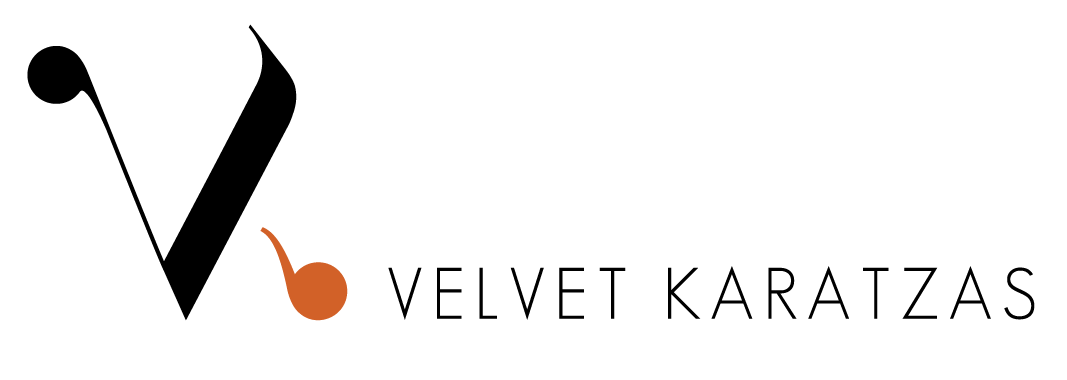Interior design is an ever-evolving art form, shaped by cultural shifts, technological advancements, and a renewed appreciation for craftsmanship. As we move further into the year, certain materials, colors, and design philosophies are taking center stage. This article explores the most prominent design trends shaping interiors today, along with macro trends that will define the next era of design.
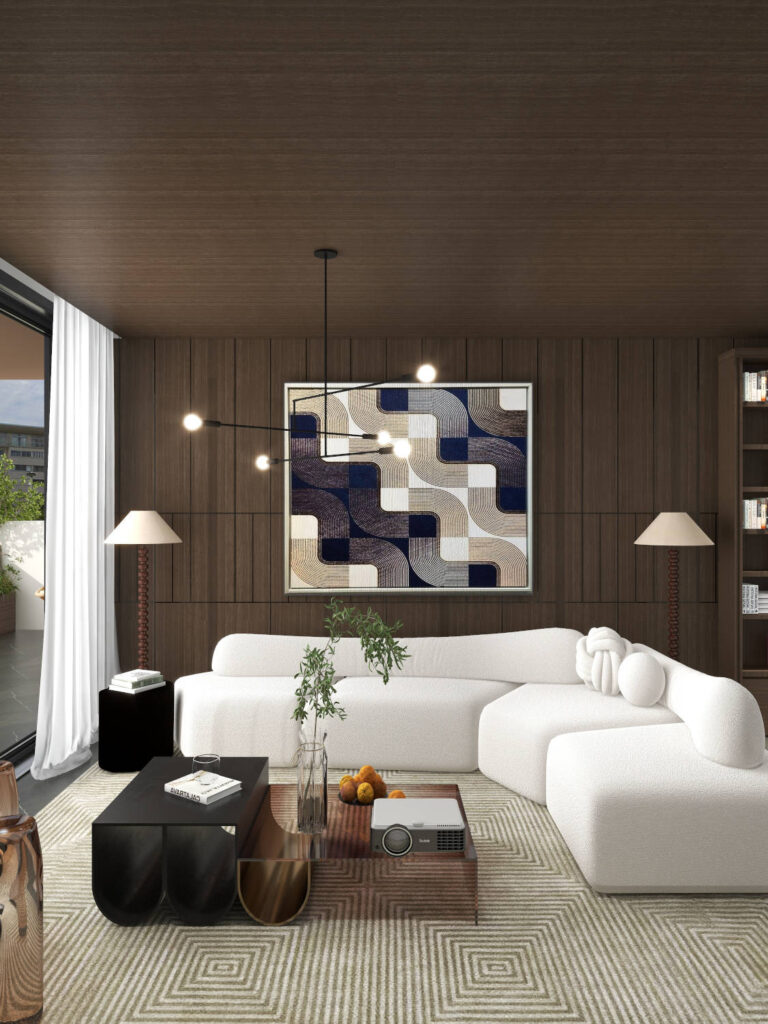
The Now: Key Interior Trends Dominating Spaces
1. Luxe Materials Take Over
Luxury is being redefined through natural, high-end materials that exude timeless elegance. Travertine, marble, and onyx are appearing in everything from coffee tables to full-slab wall treatments, offering depth, texture, and a sense of permanence. The return of these organic materials reflects a broader shift towards sophisticated, high-quality craftsmanship.
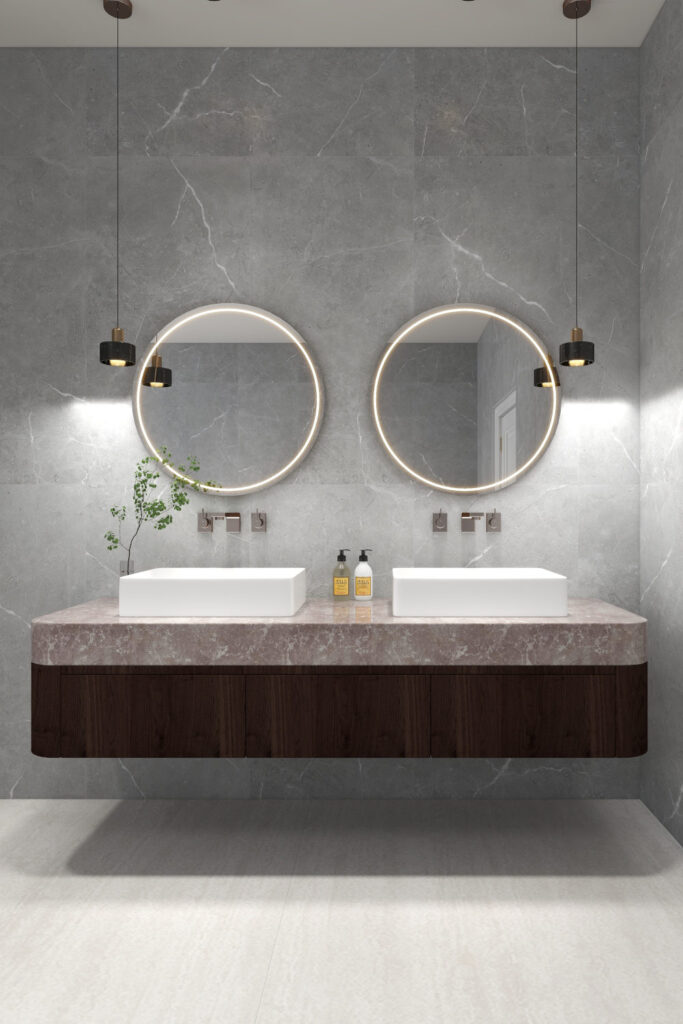
2. The Return of Dark Woods
Blonde woods had their moment, but now it’s time for richer, darker tones. Stains like walnut, wenge, and teak are making a strong comeback, bringing warmth and depth to cabinetry, flooring, and furniture. These dark woods lend a sense of intimacy, refinement, and contrast to modern interiors.
3. Vintage Heirlooms & Personal History
The mass-produced aesthetic is fading, making way for curated, meaningful spaces. Vintage pieces, whether inherited or sourced, add a layer of authenticity and patina to a home. From antique chandeliers to restored mid-century furniture, interior spaces are feeling more personal and storied.
4. A Nod to Craftsmanship: Built-Ins & Detailed Joinery
Minimalist, handle-less cabinetry is giving way to detailed joinery, built-in bookcases, and intricate moldings. This trend embraces the art of fine craftsmanship, adding depth and elegance to interiors. Thoughtfully designed built-ins also enhance functionality, ensuring that every inch of a space is optimized.
5. Big, Statement Plants
Instead of multiple small plants scattered across a space, designers are opting for one or two large-scale statement plants. Tall, sculptural greenery like fiddle-leaf figs, olive trees, or rubber plants brings organic movement and life to interiors without overwhelming the decor.
6. Color Drenching: A Monochromatic Moment
Rooms are being painted from floor to ceiling in a single hue, including trims, doors, and even furniture. This technique, known as color drenching, creates an expansive, immersive effect, making a space feel more seamless and intentional. Deep blues, mossy greens, and warm terracottas are particularly effective in this style.
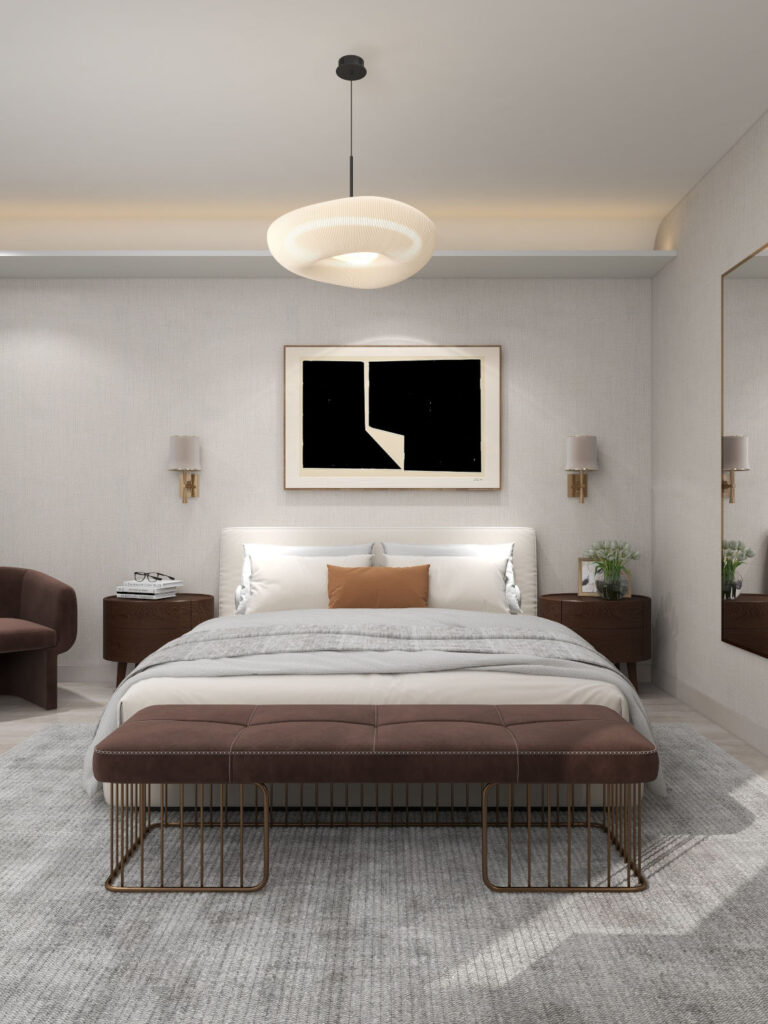
7. Glass Blocks & U-Glass Are Back
Once a staple of retro-futuristic design, glass blocks and U-glass are returning, offering privacy while diffusing natural light. These materials are appearing in partitions, shower enclosures, and even kitchen designs, proving that their aesthetic and functional appeal still resonates today.
8. Beige on Beige – Done Right
Neutral interiors aren’t going anywhere, but monotone beige spaces can easily fall flat if not executed well. The key to making this trend work? Layering textures, finishes, and tonal variations to avoid a washed-out look. Combining linen, boucle, travertine, and warm wood finishes creates depth within this palette. This approach is similar to the All White Interiors.
What’s Next in Interior Design: Macro Design Trends on the Rise
The following luxury interior trends on the horizon are set to shape interiors in the near future, where soft luxury in interiors will transcend into a transformative, refined, singular experience.
1. The Resurgence of Marquetry
Looking ahead, we’ll see a return to marquetry—an intricate inlay technique using different wood veneers; it’s making a quiet, but powerful comeback. Whether in cabinet fronts, furniture detailing, or decorative wall panels, this artisanal craft is a direct response to the rise of mass production, offering a unique and timeless aesthetic.
2. Wallpaper, But Not Just an Accent Wall
Gone are the days when wallpaper was confined to a single feature wall, unless it’s a hand-painted mural. Now, full-room wallpapering is gaining traction, enveloping spaces in pattern, texture, and mood. From vintage botanical prints and abstract geometrics to textured grasscloth, wallpaper is being used in a more immersive and intentional way.
3. Playful Lighting Schemes
Lighting is no longer just functional—it’s becoming an expressive element in interiors. LED strips are being integrated against textured walls, under furniture, and along ceiling coves, creating dynamic and sculptural lighting effects. The interplay of light and shadow enhances depth and dimension within a space.
4. Wall-to-Wall Carpeting, But Layered
Wall-to-wall carpeting is making a sophisticated return—but this time, it’s not the glued-down variety of decades past. Instead, large carpets are being laid loosely, with layered rugs on top to create a rich, textural interplay. This approach brings both comfort and style, making floors feel cozier and more inviting.
5. The End of “Eclectic” Gone Wrong
The overuse (and styling abuse in some cases) of mismatched decor—like eight different dining chairs around one table—is phasing out. True eclecticism requires curation, balance, and harmony, rather than a chaotic mix of styles. Expect to see more considered pairings that feel collected yet cohesive.
6. Saying Goodbye to Fluted Patterns
Fluted textures on walls, furniture, and glass had a massive moment, but oversaturation has led to fatigue. While some variations of fluting may endure, the design world is shifting towards smoother, more sculptural surfaces that feel fresh and less predictable. Having said that, look out for Kit Kat tiles. They are the new tile epitome.
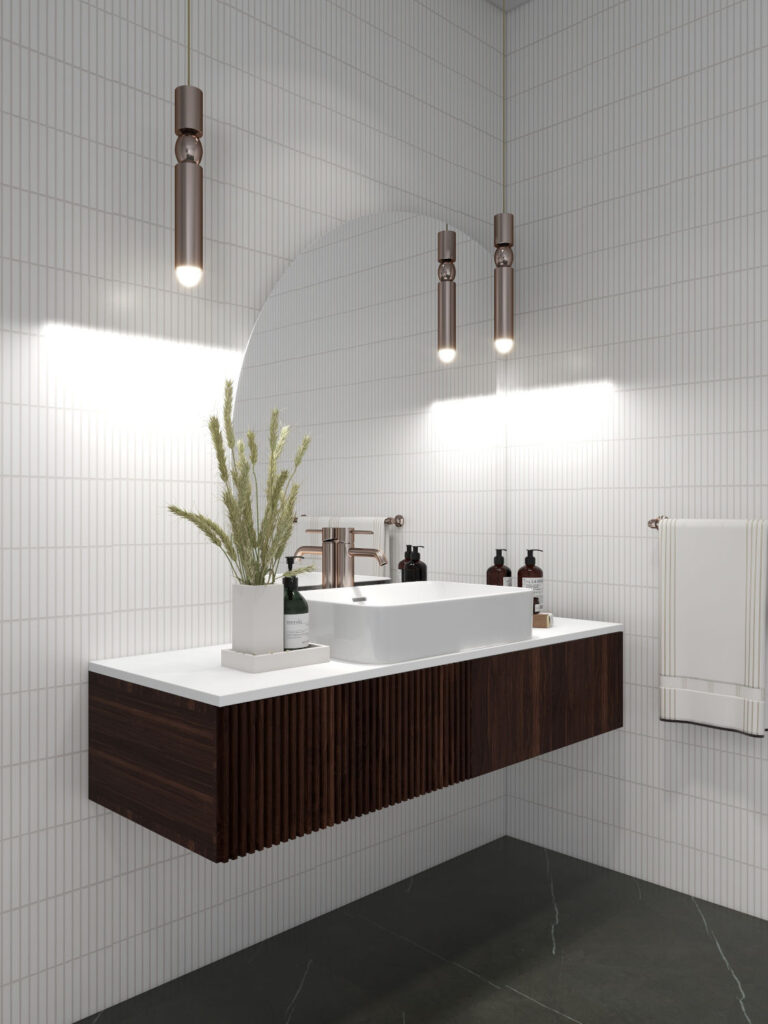
7. References to an Analog Era
Designers are increasingly looking to pre-digital aesthetics for inspiration. Interiors are incorporating elements like record players, retro-inspired light switches, vintage telephones, and nostalgic color palettes to evoke a sense of comfort and familiarity. This shift reflects a desire to slow down and reconnect with tactile, tangible experiences.
Final Thoughts
For those who seek a timeless and aesthetically profound interior, anything “generic” is out. Designers, like myself, are moving towards uncovering the inherent truth of a space, much like architects contextualize their structures. Brutalism is being re-examined and possibly re-invented, leading to interiors that are minimal, yet rich in depth. These spaces will thrive on the interplay of openness and privacy, luxury and restraint, light and shadow, warmth and austerity. As such a new “industrial chic” style will rise. New juxtapositions will emerge, offering a more sophisticated design narrative—one that moves beyond quick fixes and DIY hacks to embrace genuine, sustainable, and intentional design solutions.
The upcoming design trends highlight a clear movement towards authenticity, craftsmanship, and refined materiality. Luxurious yet livable interiors, bold uses of color, and thoughtful, curated spaces are taking precedence over fast-changing fads. And while warm, earthy palettes currently dominate, grey is poised for a strong resurgence in the coming years. It may not be an immediate shift, but by 2030, expect to see a renewed appreciation for its depth, versatility, and sophistication.
As these macro trends gain momentum, they signal a return to quality over quantity, personal storytelling, and a more intentional approach to decorating. Whether you’re planning a full-scale renovation or making small updates, embracing these trends will ensure your space feels both timeless and forward-thinking.
What trends resonate with you the most? Let’s discuss in the comments below!


